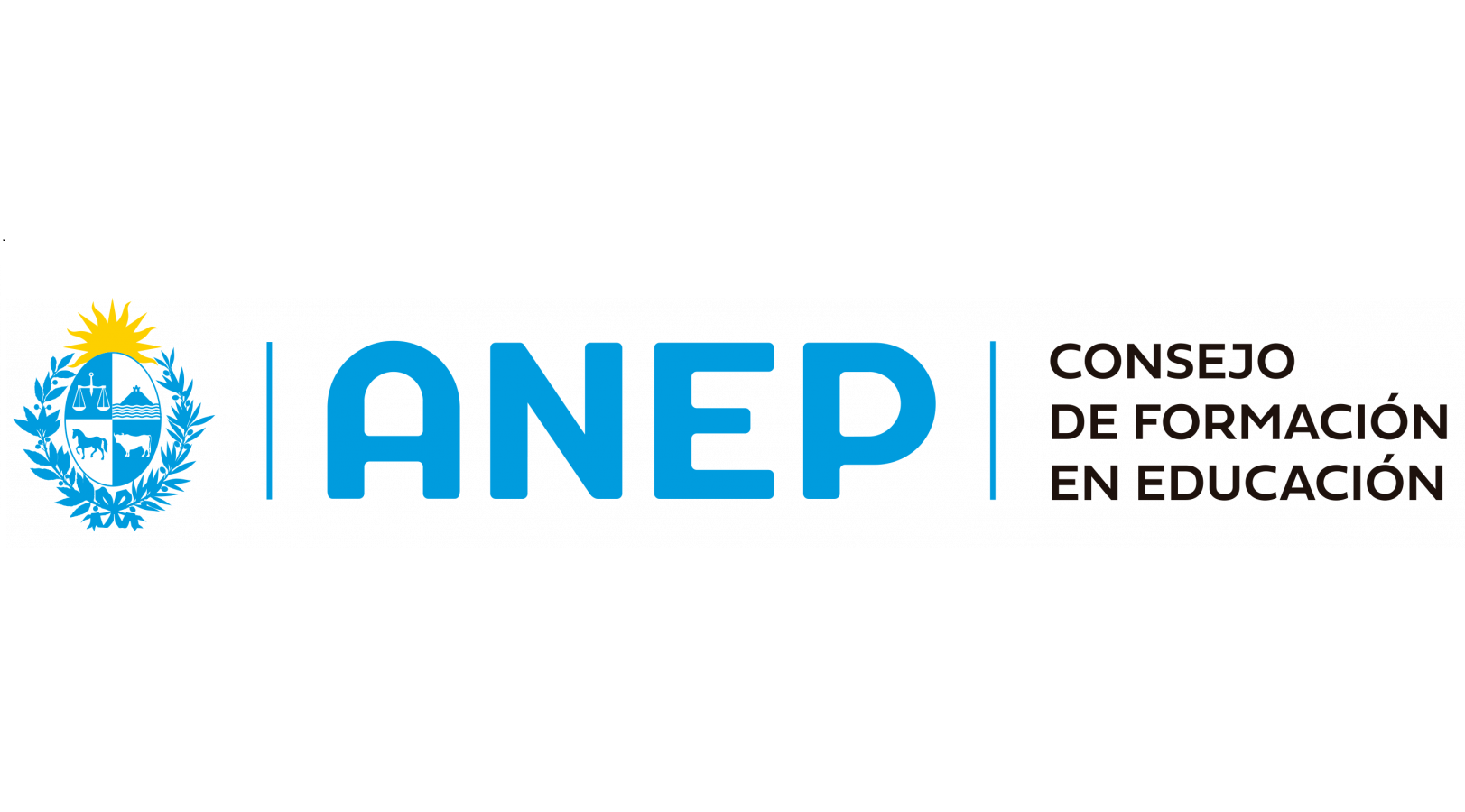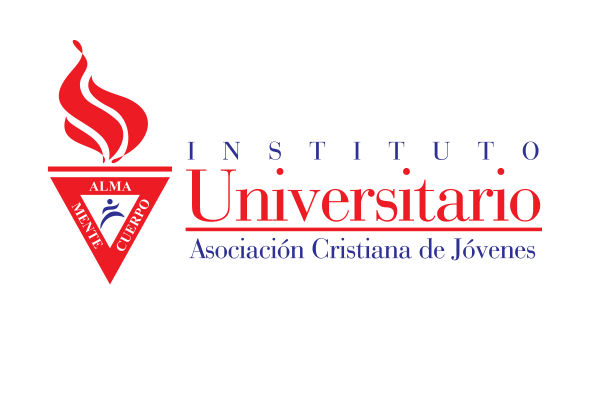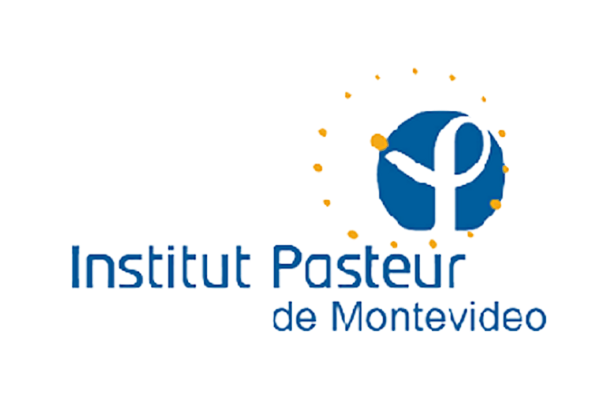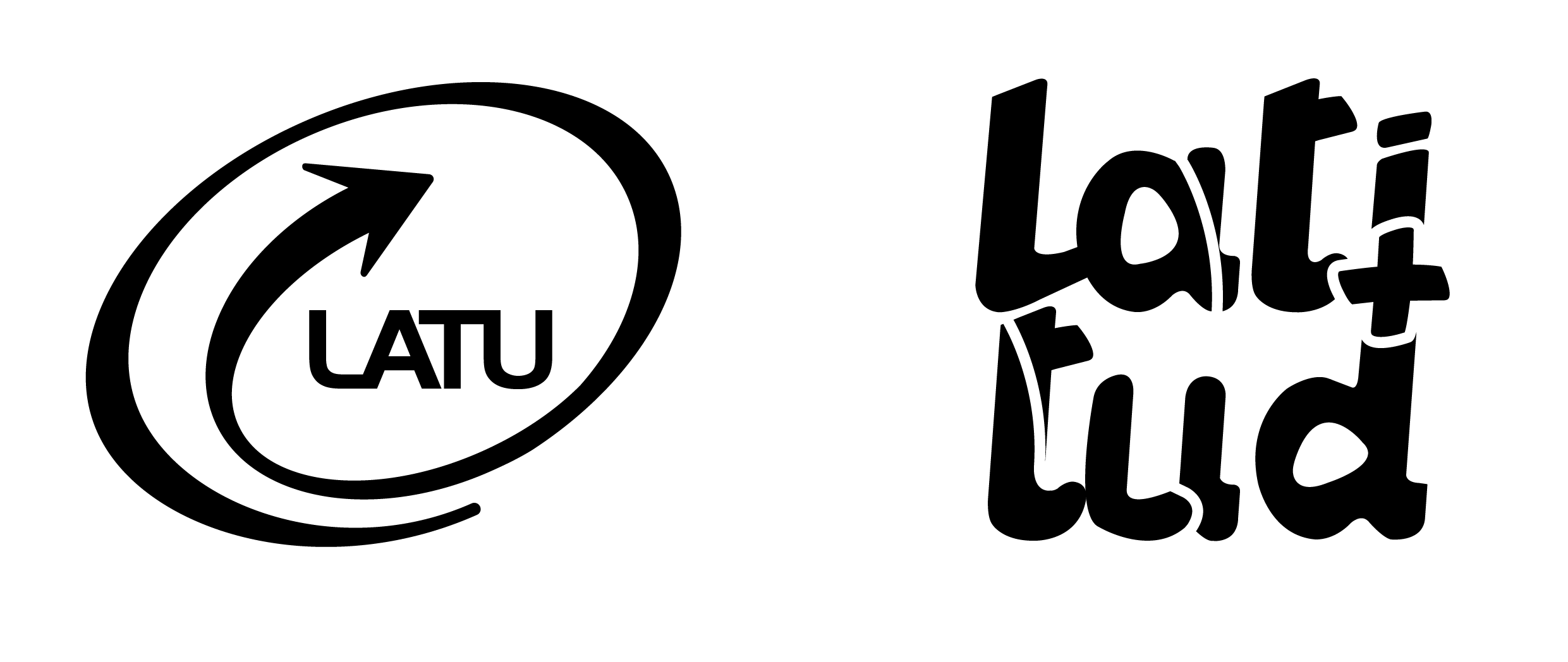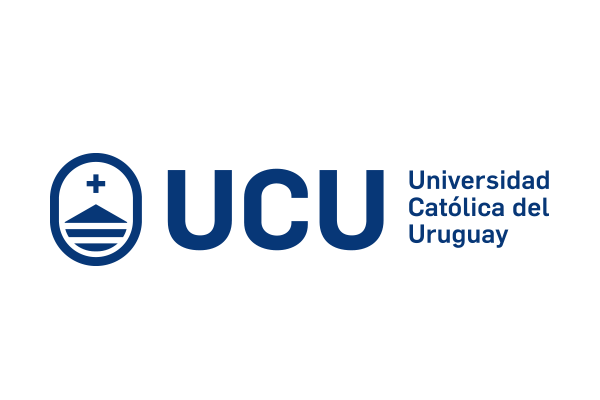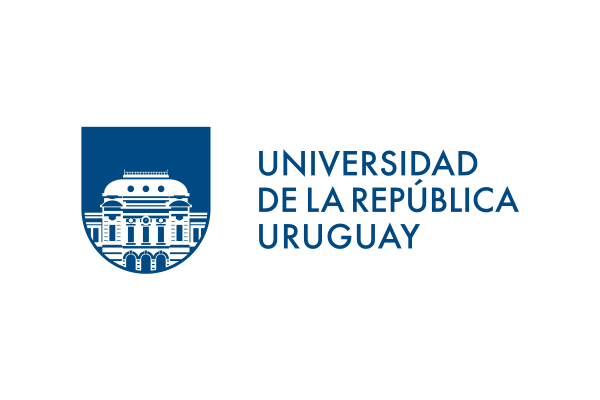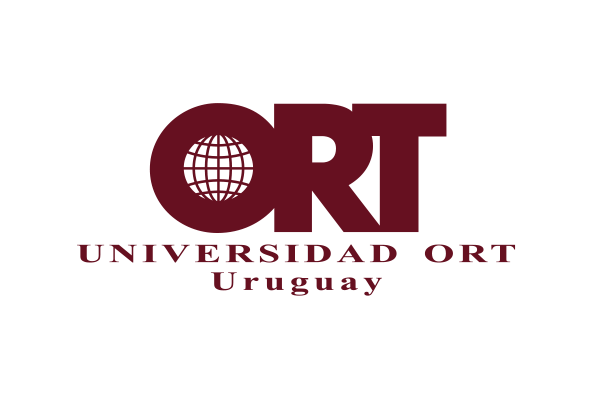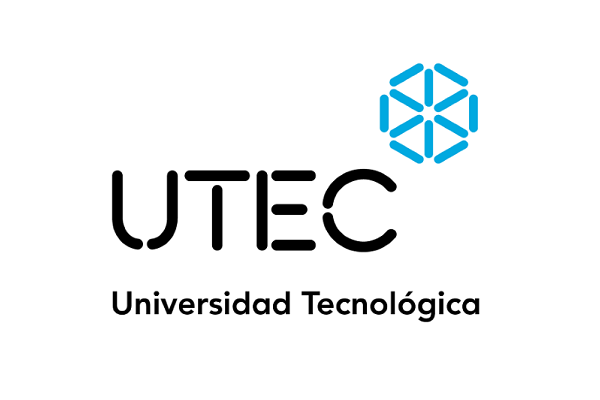Integrative proteomic and glycoproteomic profiling of Mycobacterium tuberculosis culture filtrate
Editor(es): Neyrolles, O.
Resumen:
Despite being the subject of intensive research, tuberculosis, caused by Mycobacterium tuberculosis, remains at present the leading cause of death from an infectious agent. Secreted and cell wall proteins interact with the host and play important roles in pathogenicity. These proteins are explored as candidate diagnostic markers, potential drug targets or vaccine antigens, and more recently special attention is being given to the role of their post-translational modifications. With the purpose of contributing to the proteomic and glycoproteomic characterization of this important pathogen, we performed a shotgun analysis of culture filtrate proteins of M. tuberculosis based on a liquid nano-HPLC tandem mass spectrometry and a labelfree spectral counting normalization approach for protein quantification. We identified 1314 M. tuberculosis proteins in culture filtrate and found that the most abundant proteins belong to the extracellular region or cell wall compartment, and that the functional categories with higher protein abundance factor were virulence, detoxification and adaptation, and cell wall and cell processes. We could identify a group of proteins consistently detected in previous studies, most of which were highly abundant proteins. In culture filtrate, 140 proteins were predicted to contain one of the three types of bacterial N-terminal signal peptides. Besides, various proteins belonging to the ESX secretion systems, and to the PE and PPE families, secreted by the type VII secretion system using nonclassical secretion signals, were also identified. O-glycosylation was identified in 46 proteins, many of them lipoproteins and cell wall associated proteins. Finally, we provide proteomic evidence for 33 novel O-glycosylated proteins, aiding to the glycoproteomic characterization of relevant antigenic membrane and exported proteins. These findings are expected to collaborate with the research on pathogen derived biomarkers, virulence factors and vaccine candidates, and to provide clues to the understanding of the pathogenesis and survival strategies adopted by M. tuberculosis
| 2020 | |
| ANII: FMV_3_2013_1_100859 | |
|
Mycobacterium tuberculosis Bacterial Proteins Proteomics Glycosylation Bacterial vaccines |
|
| Inglés | |
| Universidad de la República | |
| COLIBRI | |
| https://hdl.handle.net/20.500.12008/31770 | |
| Acceso abierto | |
| Licencia Creative Commons Atribución (CC - By 4.0) |

